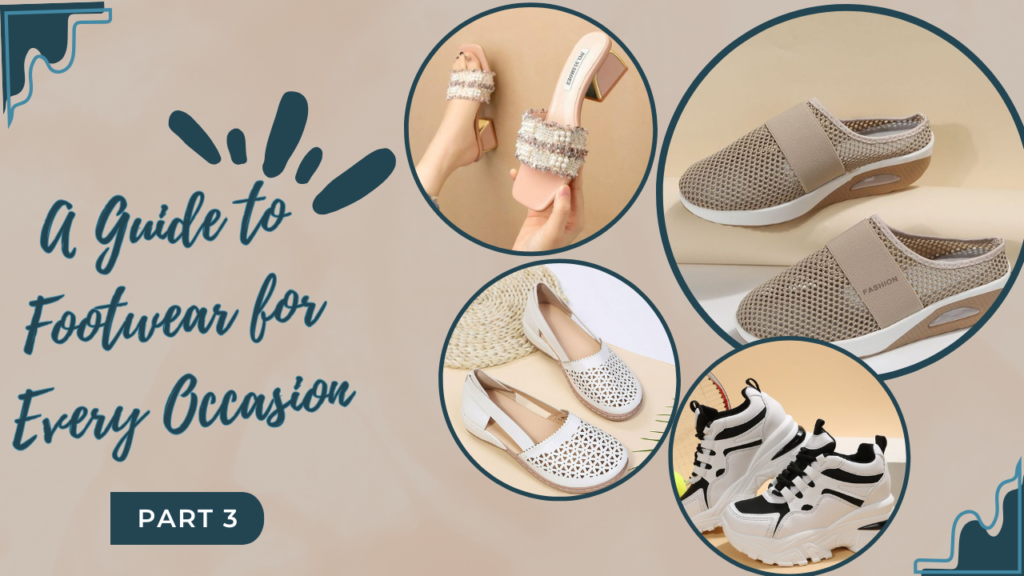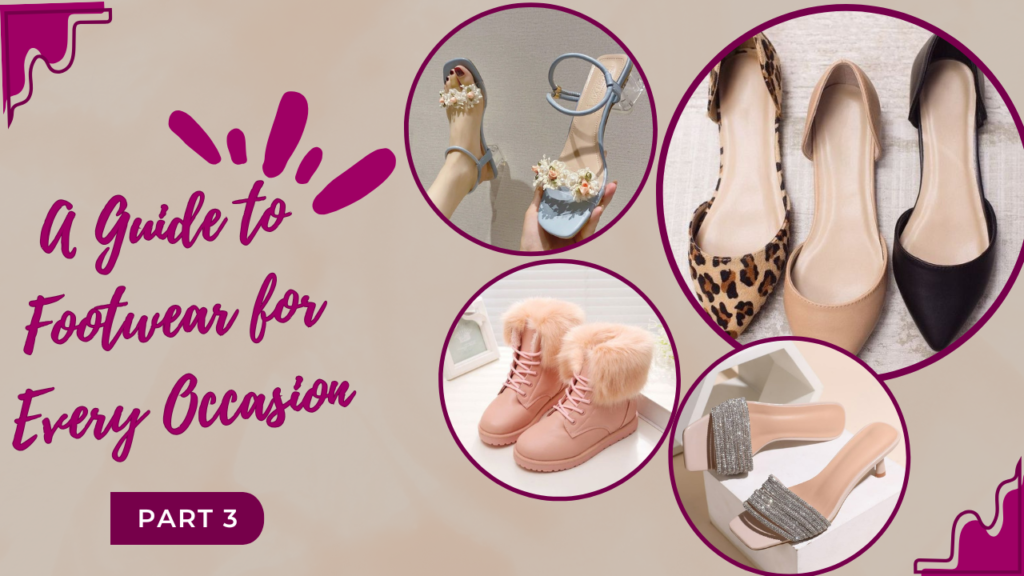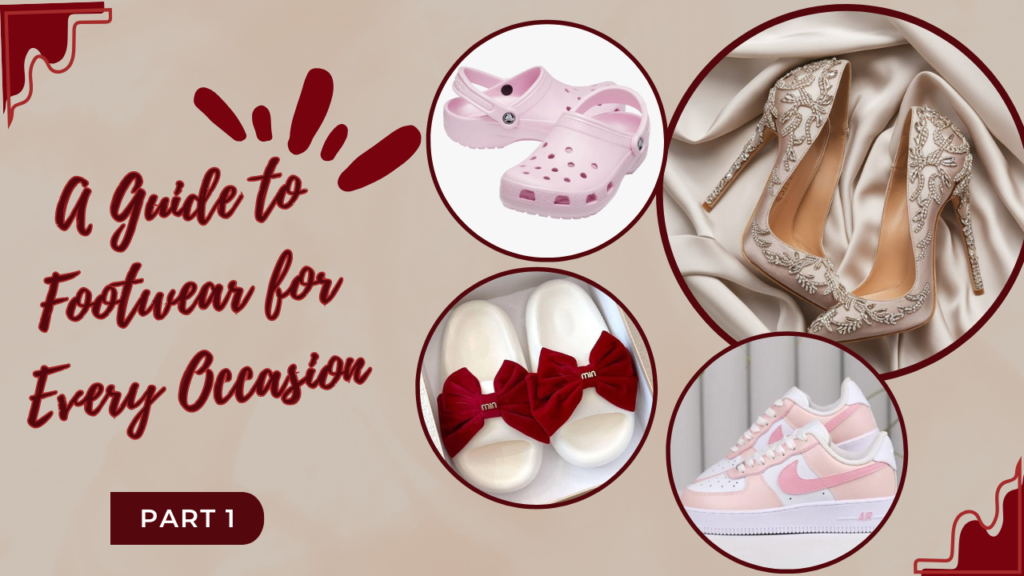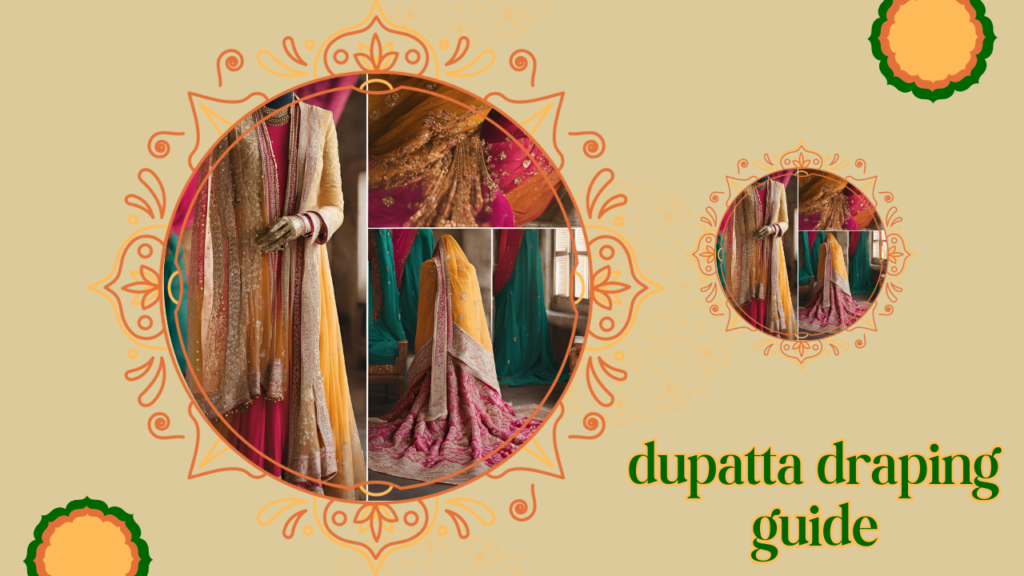The Ultimate Guide to Jean Styles
The Ultimate Guide to Jean Styles: Find the Perfect Fit for Every Body Type” Jeans are more than just a wardrobe staple; they are an essential part of our daily attire, offering style, comfort, and versatility. With so many different cuts, fits, and styles, it can be tricky to choose the right pair. But with the right information, you can easily find jeans that flatter your body shape and elevate your personal style. Whether you have a curvy, athletic, or petite figure, there’s a perfect pair of jeans for every body type. Let’s dive into the most popular jean styles, who they are best suited for, and how to style them for any occasion. 1. Skinny Jeans Skinny jeans are the epitome of sleek, modern style. These form-fitting jeans hug the body from waist to ankle, providing a streamlined and polished silhouette. They are made with stretchy fabric, offering both comfort and flexibility, while still maintaining a body-conscious fit. Skinny jeans are perfect for showing off your footwear and are great for both casual and semi-dressy occasions. Best For: Slim, hourglass, or apple-shaped body types. They’re perfect for those who want to emphasize their curves or create a sleek, elongated look. Styling Tip: Pair with a loose or oversized top to balance out the tight fit, or tuck in a fitted blouse to show off the waist. 2. Slim Fit Jeans Slim fit jeans provide a tailored, streamlined look without being as tight as skinny jeans. They offer a snug fit through the thighs and hips but taper slightly down to the ankle, creating a subtle, sleek silhouette. Slim fit jeans are perfect for those who prefer a more tailored look but with a little more room and comfort than skinny jeans. Best For: Rectangular or athletic body types. They help add shape to straight or less curvy frames. Styling Tip: Pair with a fitted shirt or casual blazer for a smart-casual look, or opt for a basic t-shirt for a laid-back vibe. 3. Straight-Leg Jeans Straight-leg jeans maintain the same width from the hips all the way down to the ankle, providing a classic, no-fuss silhouette. These jeans are neither too tight nor too loose, making them a versatile option for nearly every body type. The straight-leg cut offers a timeless and balanced look that is perfect for any occasion. Best For: Pear-shaped, athletic, or curvy body types. Straight-leg jeans help create balance and symmetry, especially for those with wider hips or broader shoulders. Styling Tip: Pair with a tucked-in shirt or a crop top to highlight your waistline. 4. Bootcut Jeans Bootcut jeans are designed to fit snugly through the hips and thighs, with a slight flare starting from the knee. The slight flare makes them an ideal choice for balancing out proportions, especially for those with wider hips. Bootcut jeans were originally designed to fit over boots, but today they offer a chic, balanced look. Best For: Hourglass, pear-shaped, or those with wider hips. The slight flare helps balance your proportions and elongates the legs. Styling Tip: Pair with heels or wedges to maximize the lengthening effect of the flare, or with a flowy blouse for a more relaxed look. 5. Flared Jeans Flared jeans offer a more dramatic flare than bootcut jeans, beginning at or below the knee. Inspired by 1970s fashion, flared jeans make a bold, retro statement. This style is perfect for elongating the legs and adding a touch of fun to your outfit. Best For: Tall or hourglass body types. The dramatic flare balances out wider hips and adds length to the legs. Styling Tip: Pair with platform shoes or high heels to enhance the flare and further elongate your figure. 6. Wide-Leg Jeans Wide-leg jeans provide a loose, flowy fit from the waist to the ankle, offering comfort and freedom of movement. They have become a popular style for those seeking a relaxed, fashion-forward look. Wide-leg jeans can be dressed up or down depending on the occasion. Best For: Petite or apple-shaped body types. The voluminous cut can create a chic, balanced silhouette and help elongate shorter frames when paired with heels. Styling Tip: Tuck in a fitted shirt or add a belt to define the waist and prevent the look from feeling too oversized. 7. Boyfriend Jeans Boyfriend jeans are all about relaxed, effortless style. These jeans are typically looser through the thighs, with a rolled cuff at the ankle for a laid-back, “borrowed from the boys” look. Boyfriend jeans are great for creating an easy, casual vibe and offer plenty of comfort. Best For: Apple or rectangular body types. The looser fit adds volume and shape, creating balance for straighter or less curvy figures. Styling Tip: Pair with a fitted top or tuck in your shirt to keep the look structured and avoid it feeling too bulky. 8. Mom Jeans Mom jeans are high-waisted with a relaxed fit through the hips and thighs, narrowing slightly at the ankle. Known for their vintage charm, mom jeans have made a major comeback due to their comfortable fit and flattering silhouette. The high waist creates a more defined shape, while the loose fit provides comfort and movement. Best For: Hourglass or pear-shaped body types. The high waist helps define the waist and accentuates curves, while the relaxed fit adds balance to the lower body. Styling Tip: Tuck in a fitted top or opt for a crop top to highlight the high waist and show off your shape. How to Choose the Right Jeans for Your Body Type Finding the perfect pair of jeans isn’t just about fashion; it’s about choosing the style that enhances your natural body shape and provides the most comfort. Here’s a quick guide to help you choose the right jeans based on your body type: For Hourglass Figures: Look for jeans that highlight your waist and emphasize your curves, such as high-waisted skinny jeans, bootcut jeans, or mom jeans. For Apple-Shaped Bodies: Aim for jeans that add structure










